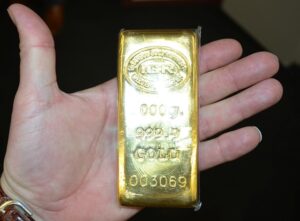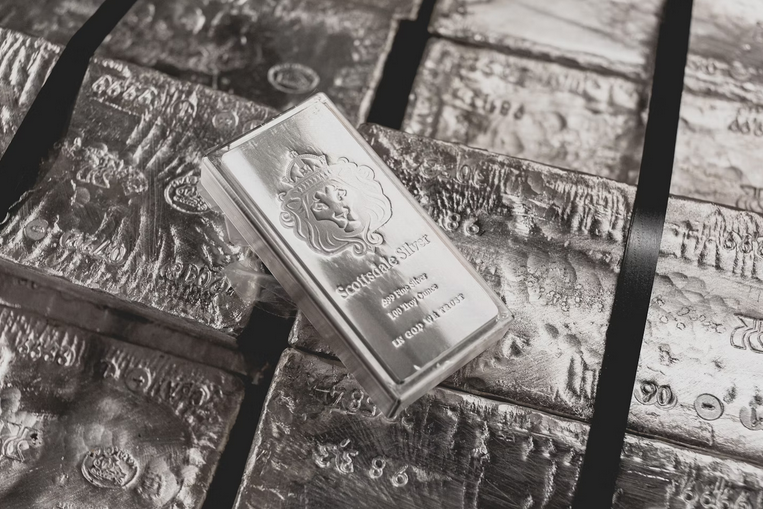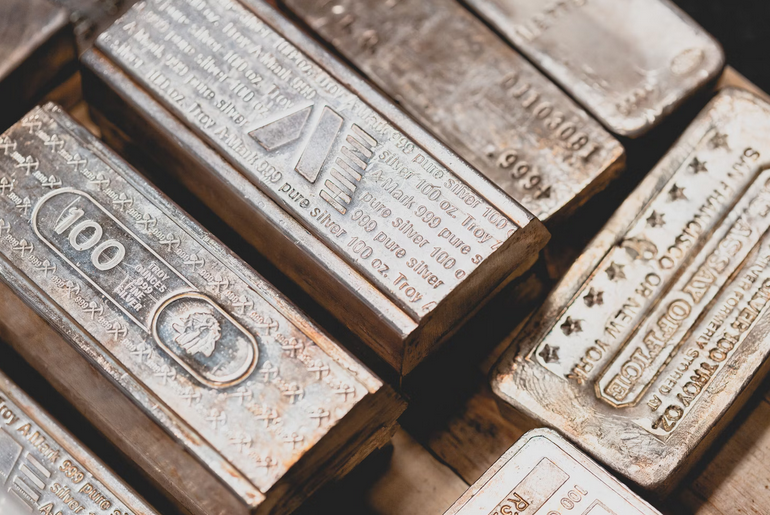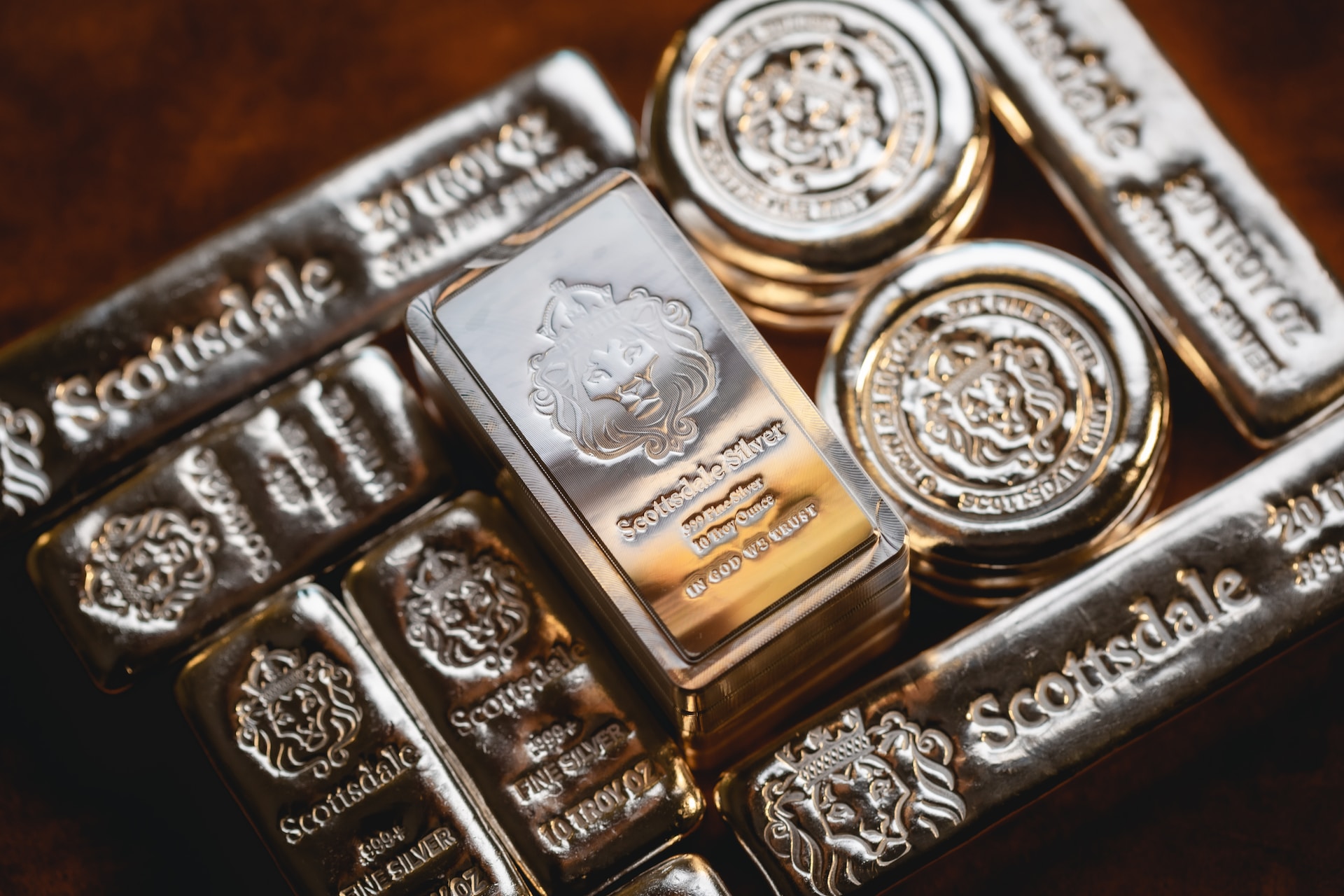05/12/2025
Inflation is like a silent thief, quietly eroding the value of our hard-earned cash. As prices rise and purchasing power dwindles, many investors find themselves searching for a safe haven. In this situation, you’ll love getting precious metals. Gold and silver from Money Metals have long been regarded as reliable stores of value during turbulent times.
The 1970s taught us harsh lessons about inflation and currency devaluation. Fast forward to today, and we’re witnessing similar economic pressures that raise questions about the durability of paper money compared to tangible assets. While some may still cling to their cash reserves, history suggests there’s a wiser route: investing in gold.
1970s vs. 2020s: Gold’s Purchasing Power Then & Now
 But what does this mean for your portfolio? Is it time to rethink how you hedge against inflation? Here’s the recap. The 1970s were a defining decade for gold. Inflation skyrocketed, peaking at nearly 14%. Investors flocked to the yellow metal as their cash lost value. By the end of the decade, gold had surged from around $35 an ounce to more than $800. Fast forward to the 2020s. While we’re not seeing inflation rates quite like those of the ’70s, concerns are rising as prices climb across various sectors.
But what does this mean for your portfolio? Is it time to rethink how you hedge against inflation? Here’s the recap. The 1970s were a defining decade for gold. Inflation skyrocketed, peaking at nearly 14%. Investors flocked to the yellow metal as their cash lost value. By the end of the decade, gold had surged from around $35 an ounce to more than $800. Fast forward to the 2020s. While we’re not seeing inflation rates quite like those of the ’70s, concerns are rising as prices climb across various sectors.
Gold continues to shine amid uncertainty, holding its ground as a hedge against potential currency devaluation. Today’s market dynamics differ significantly; however, one thing remains clear: gold’s purchasing power has historically outperformed cash during turbulent times.
Why Silver Lags During Hyperinflation
Silver often …







